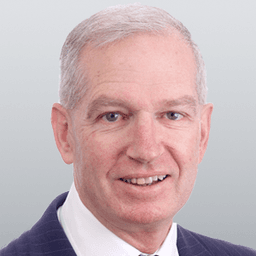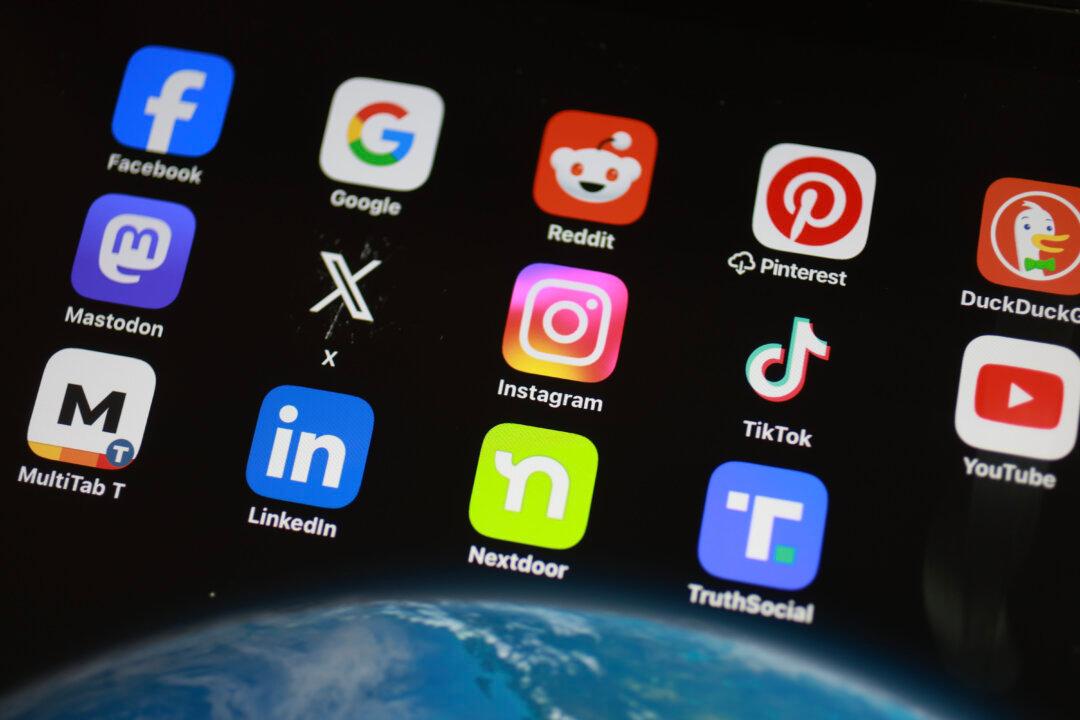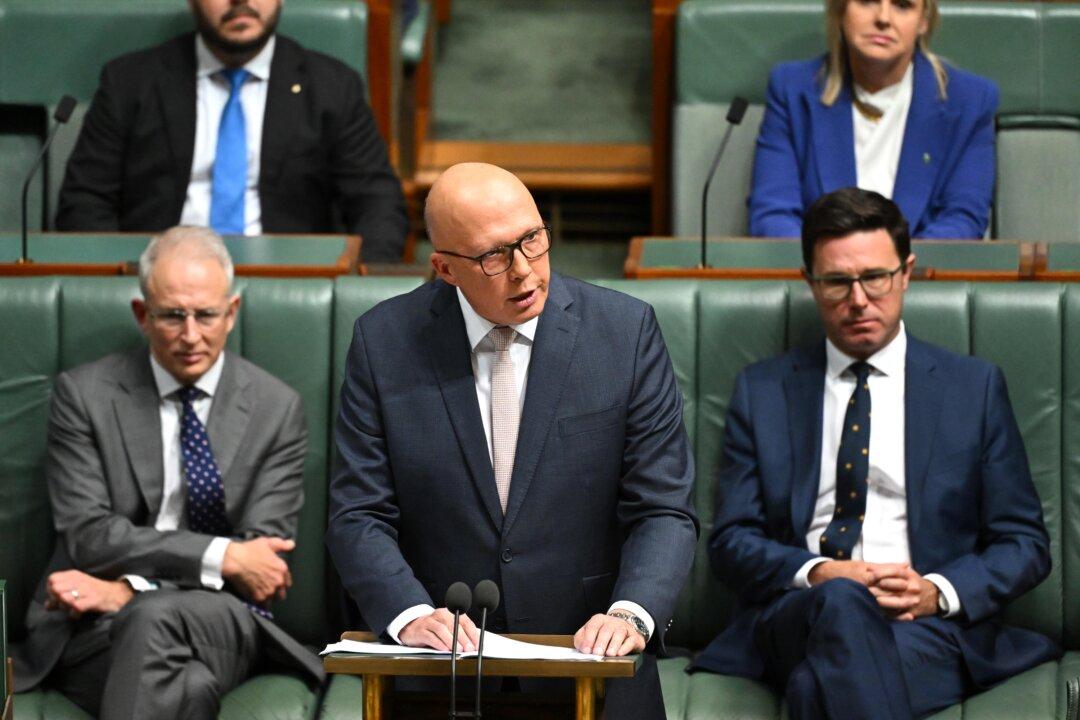Reserve Bank of Australia (RBA) governor, Philip Lowe, has fired a warning shot over the bow of the federal treasurer by raising official interest rates another quarter of a percent this week to 3.85 percent.
The hard work on inflation has to be done by the government which has access to a large number of tools—fiscal and regulatory—to make it go away, while the governor really only has one blunt instrument—monetary policy.
While “the markets” were surprised at the rise, they shouldn’t have been. The surprise was that Lowe sat on his hands at the last RBA meeting just before Easter and left rates alone.
Lowe has been easy to blame for inflation because he made a mistake a couple of years ago when he said that interest rates would not start to rise until 2024. And while it’s true he should have been signalling tighter monetary policy, he was not alone in making this mistake.
He also had an accomplice in the federal government and its economic recklessness post-2008 and the Global Financial Crisis, which sees government expenditure, aka helicopter money, as the solution to every problem.
Many other central bankers and business economists, were also asleep at the wheel, including those at the Bank of England, the U.S. Federal Reserve, the European Central Bank, and the Reserve Bank of New Zealand.
That has resulted in each having CPIs (consumer price index) at, or over, 6.7 percent, compared to Australia’s at seven percent, and a massive economic pile-up.

The academic economists were even worse than their professional siblings, having gotten boozed-up on the funny money theory called MMT—Modern Monetary Theory to some, and Magical Monetary Theory to those few with a sense of history.
The Writing on the Wall
Economists and bankers should have been looking at the money supply, which was massively ramped up during COVID, so we could lock down and have a “no regrets” gap year from working hard while we sheltered in place to avoid the pandemic.That would have told them that inflation was just around the corner as they printed all that money. In Australia’s case, RBA assets almost tripled in 12 months.

The increase was a result of federal government policies that needed to be funded—all that sit-down money doled out to electors and industry. And while Treasurer Jim Chalmers will want to blame Former treasurer Josh Frydenberg, they were both complicit.
Labor never demanded the government dial back spending—they always demanded it be increased. Neither Chalmers, nor Frydenberg should be left anywhere near fiscal or monetary levers, but unfortunately, Chalmers is all the Reserve Bank governor has to work with.
The leaks from Chalmer’s budget (more like movie trailers than leaks) indicate that the spending is going to continue, more or less unabated, combined with productivity-sapping measures meant to even the playing field, but which will instead level the economy.
So expect Lowe to keep pulling the interest rate trigger. Morgan’s chief economist Michael Knox expects rates to top out at 4.85 percent, a full percentage point higher than now.
Knox points to an increase in service inflation rather than government profligacy.
House prices aren’t directly in his control, but they are in the control of the state and federal governments, which make it difficult for developers to develop new stock and are currently topping the country up with record numbers of immigrants.
At the same time, construction costs are going through the roof as the various governments gorge on infrastructure and electricity assets that compete away labour and resources—this is where the swollen money supply comes into play. He needs to keep pounding their position until they change policy.
Lowe can be guaranteed to do this because the treasurer’s review of the RBA means his contract will not be renewed in September, so he has nothing to lose, only his legacy. He won’t want to go down in economic history as the man who let inflation escape.
But if it is not reined in quickly, it will escape.

It Can Be Done
While aggregate money supply is key in creating inflation, expectations have a role to play in prolonging it.Inflation in services is quite pernicious because it is essentially wage inflation.
Once workers get used to an inflation rate of five, six or seven percent, or even higher, they will start demanding pay rises that more than compensate for them, causing their bosses to increase their charge-out rates in advance to meet their employees’ demands.
All the people responsible for this mess will no doubt claim that because of COVID, and the Ukraine War, inflation was inevitable. That is nonsense.
Our inflation rate performance can best be gauged by comparing it to the countries we do most of our trade with.
While the UK, U.S., NZ, and the EU have inflation rates over 6.7 percent as I noted earlier, other trading partners, such as China (0.7 percent), Thailand (1.3 percent), South Korea (three percent), and Japan (3.2 percent) have inflation rates within or close to our RBA target band, while India (4.2 percent) is only just outside it.
Keeping inflation low can be done in the current international environment, and the sooner the federal government starts seriously working on the project, the sooner we can get to lower interest rates.





